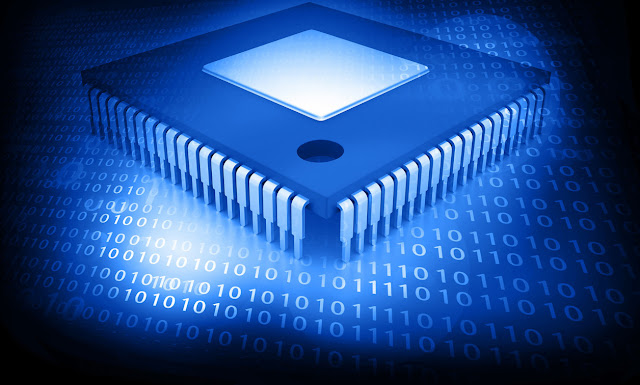In
the world of digital electronics, Field Programmable Gate Array (FPGAs) have
emerged as versatile devices that offer unparalleled flexibility and
customization. FPGAs are integrated circuits that can be programmed and
reprogrammed to perform a wide range of digital functions. Unlike traditional
application-specific integrated circuits (ASICs), which are designed for
specific tasks, FPGAs can be reconfigured on the field, enabling rapid
prototyping, accelerated development cycles, and efficient hardware
implementation.
The Global Field
Programmable Gate Array Market Size Is Estimated To Be Valued At US$
6,958.2 Million In 2021 And Is Expected To Exhibit A CAGR Of 8.9% Between 2022
And 2030.
At
the heart of a Field
Programmable Gate Array lies an array of
configurable logic blocks (CLBs) interconnected by programmable interconnects.
These logic blocks consist of look-up tables (LUTs), flip-flops, and other
essential components. By programming interconnects and configuring the logic
blocks, designers can create custom digital circuits tailored to their specific
requirements. This inherent programmability sets apart from ASICs and
microprocessors, as it allows for the implementation of complex digital
functions directly in hardware, eliminating the need for software-based
solutions and enabling faster and more efficient processing.
One
of the key advantages of is their ability to be reprogrammed in the field. This
means that designers can modify and optimize the functionality of a Field
Programmable Gate Array -based system
even after it has been deployed. This flexibility is particularly valuable in
applications where the requirements may change over time or where rapid
prototyping and iteration are essential. By simply reprogramming developers can
update the design, add new features, or address unforeseen issues, without the
need for hardware modifications or complete system overhauls. This feature
significantly reduces time-to-market and enhances the overall agility of
digital design projects.
Field Programmable Gate Array find extensive
use in various industries and applications. In telecommunications, FPGAs are
commonly employed in network equipment, such as routers and switches, to
implement high-speed data processing, protocol conversion, and network management
functions. The reconfigurability allows network operators to adapt to changing
communication standards and protocols without replacing hardware, ensuring
long-term compatibility and cost savings.
In
the aerospace and defense sectors, Field
Programmable Gate Array s
are widely used in radar systems, avionics, and mission-critical applications.
The ability to in the field enables real-time adjustments and upgrades to meet
evolving mission requirements. It also offer inherent parallelism and
high-speed data processing capabilities, making them well-suited for demanding
applications that require high computational performance and low latency. The global Geospatial
Analytics Market size
was valued at US$ 59.46 Billion in 2022 and is anticipated to witness a
compound annual growth rate (CAGR) of 7.1% from 2023 to 2030.
Field Programmable Gate Array have also made
significant contributions to scientific research and experimentation. In fields
such as signal processing, image and video processing, and data analysis, it provide
an efficient platform for algorithm acceleration and real-time processing.
Researchers can design custom digital circuits tailored to specific
computational tasks, enabling faster data processing and analysis.











0 Comments